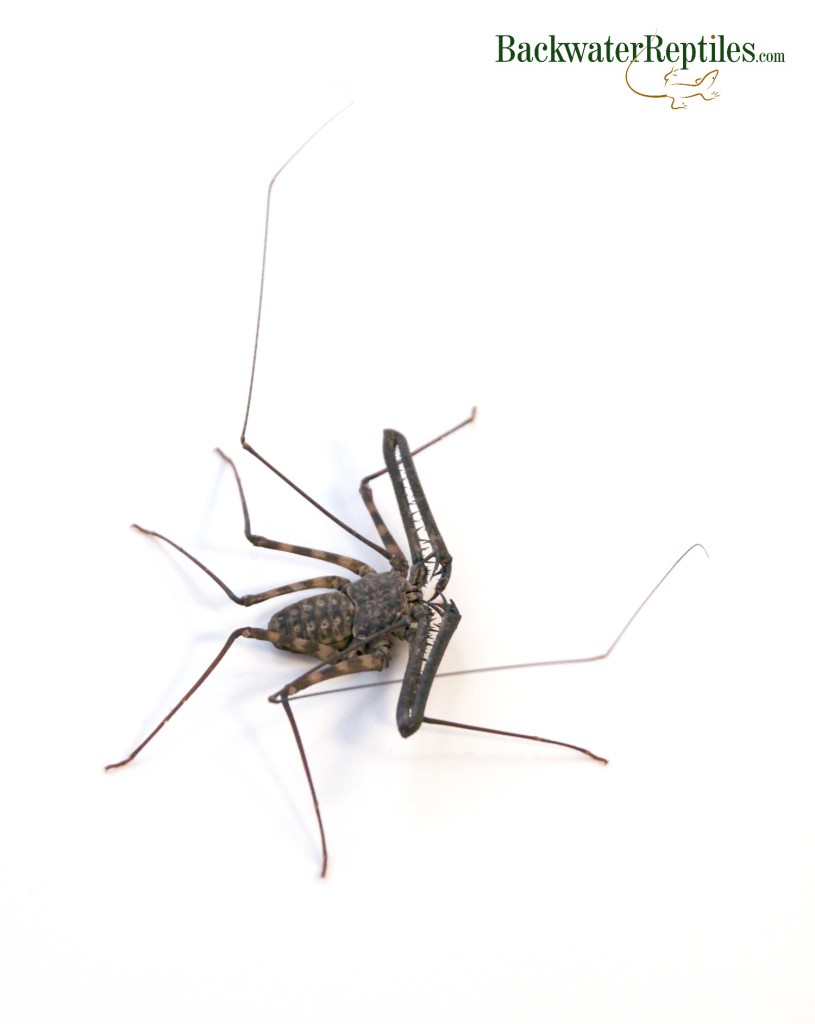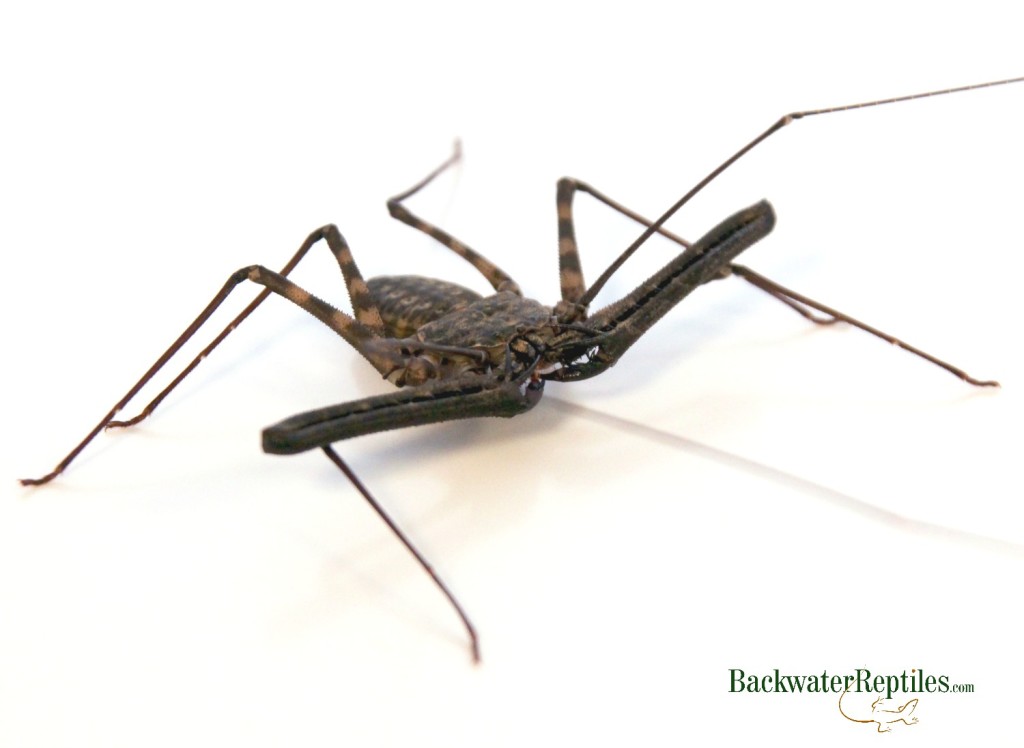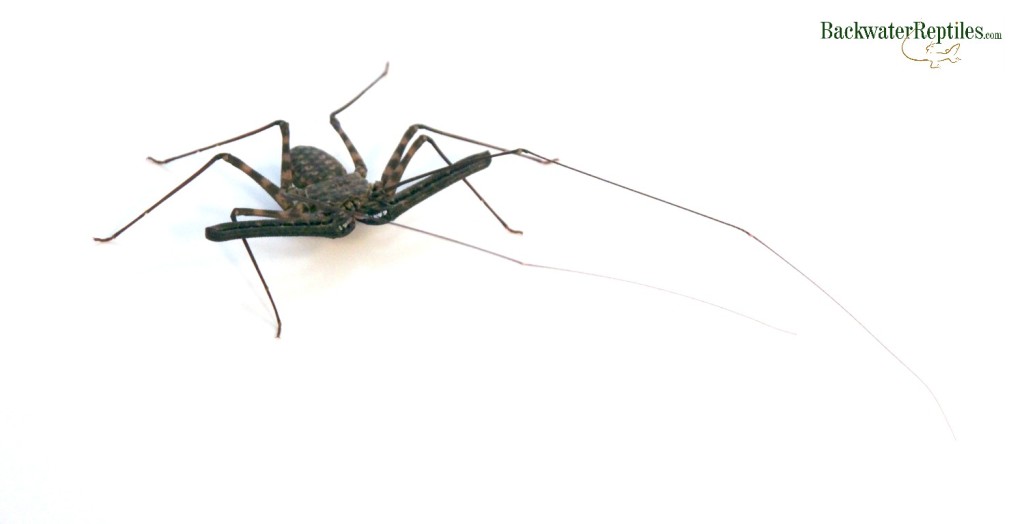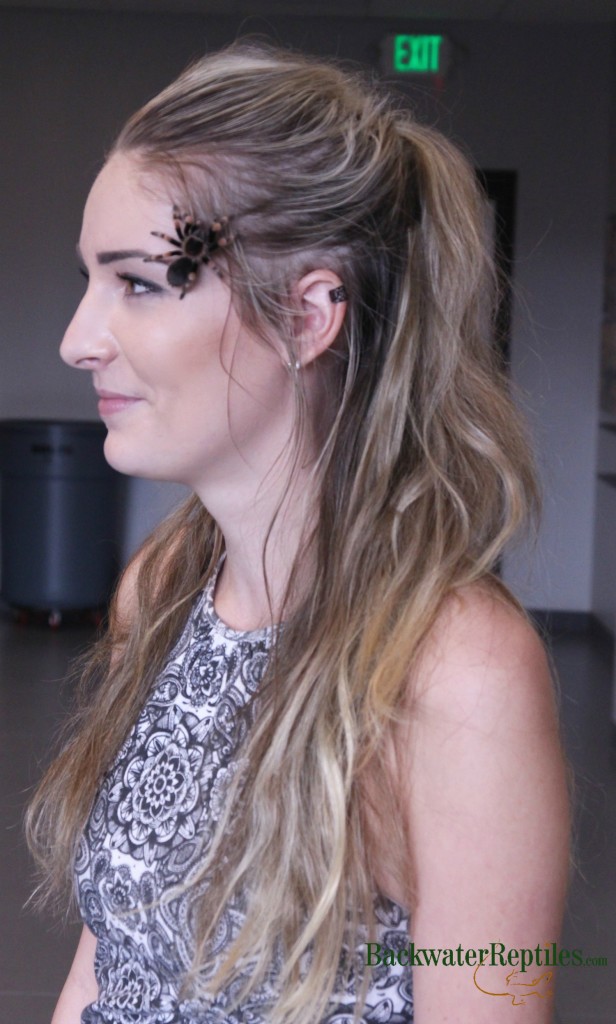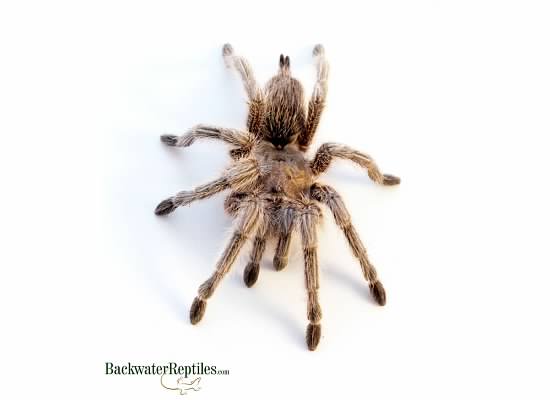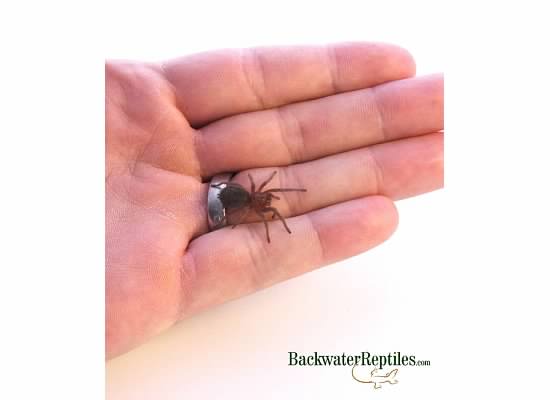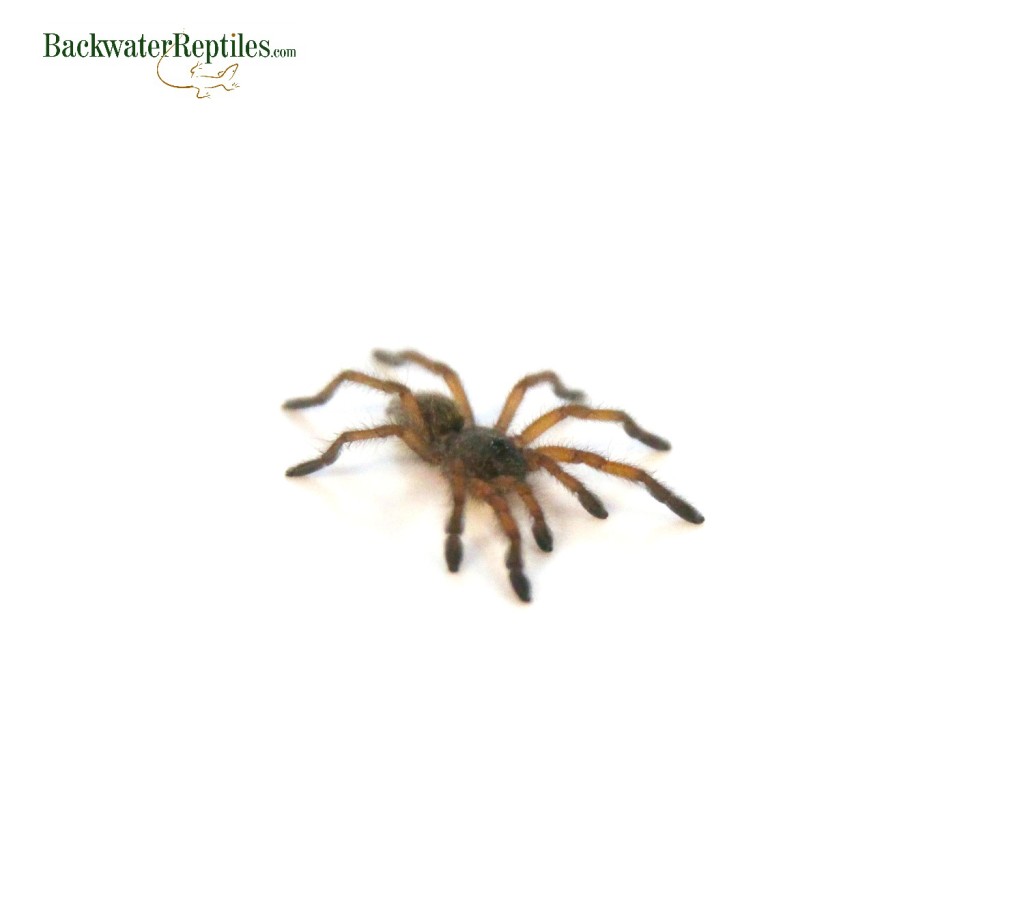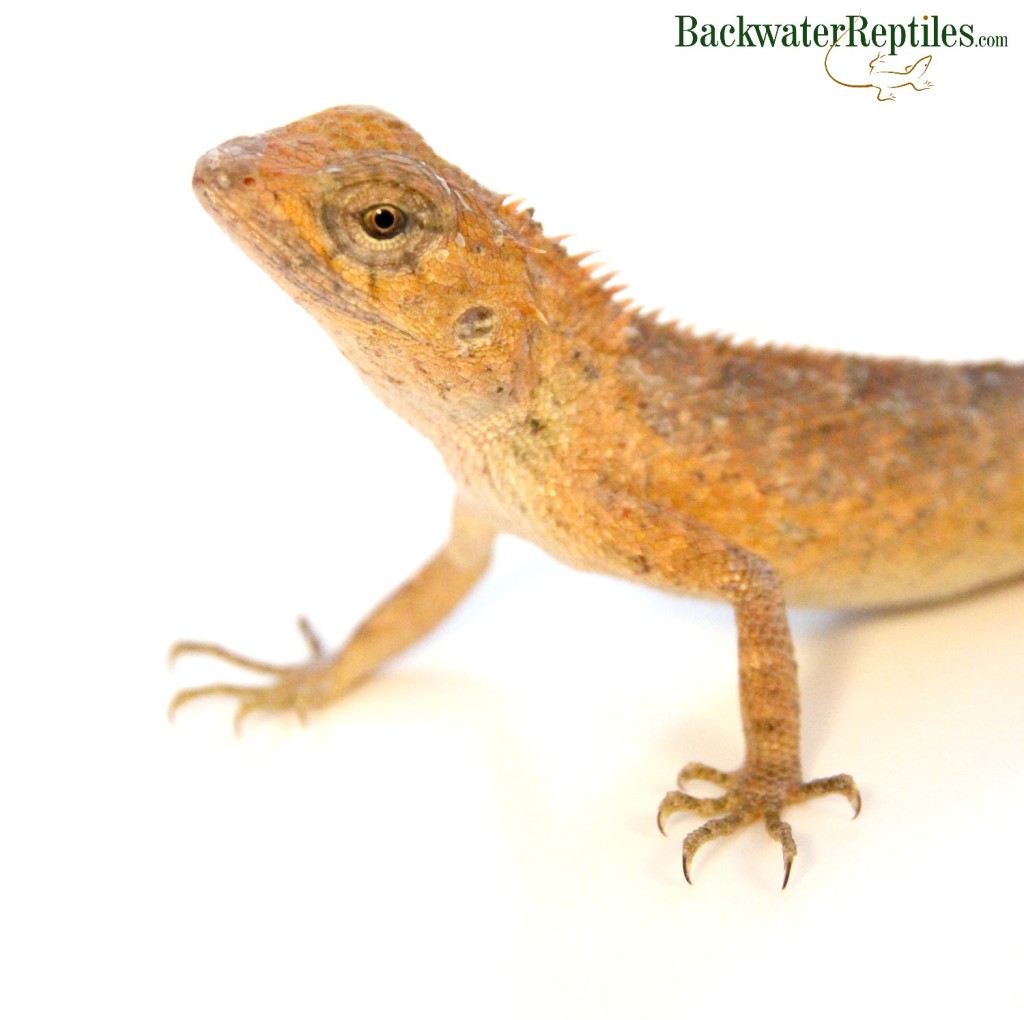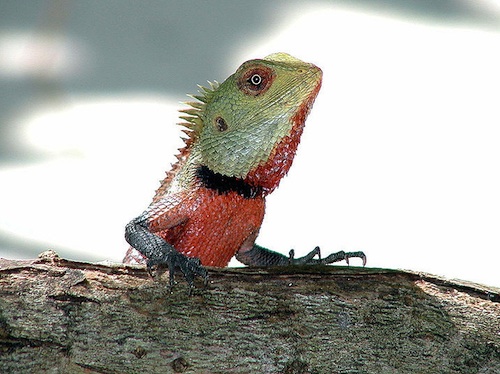We sell some pretty fascinating and bizarre animals at Backwater Reptiles.
In this article, we’ll talk about our favorite five weirdest reptiles and amphibians and discuss everything from strange physical appearances to peculiar adaptations.
Desert Horned Lizard (Phrynosoma platyrhinos)
The desert horned lizard AKA the horned toad is definitely an interesting little lizard. Due to its flat body, squat face, and spiked “crown,” the horned lizard certainly has a distinct physical appearance.
But, this seemingly ordinary lizard is known for a far more macabre behavior. When a horned lizard feels threatened, it can actually squirt a stream of blood out of its eyes up to a distance of five feet! This serves to surprise and disgust predators and hopefully keep the horned lizard from being eaten.
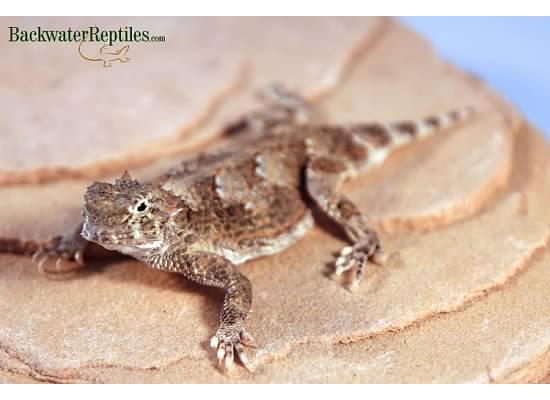
Although it might seem like a cool trick to get your pet horned lizard to squirt blood from its eyes, we definitely don’t recommend trying it. This is because it means you must put the lizard under extreme stress as this behavior is sort of a last ditch effort by the lizard to save its own life.
Desert Horned Lizards are available for sale on the Backwater Reptiles website.
Surinam Toad (Pipa pipa)
It doesn’t take a rocket scientist to figure out why the Surinam toad makes our list of strange reptiles and amphibians. In fact, you can tell just by looking at this frog that it is unusual.
As far as physical appearance is concerned, the Surinam toad is extremely flat with beady little eyes and it resembles a leaf. It also has a strange triangular-shaped head and moves about in a very awkward fashion when it’s out of the water.

In addition to looking very outlandish, the Surinam toad has some bizarre reproductive habits. Rather than laying eggs like most amphibians, the Surinam toad hatches its babies from the skin in its back!
After a series of elaborate mating dances, the female winds up with fertilized embryos that develop into a honeycomb shape on her back. Eventually, fully formed froglets will hatch from the honeycombed skin.
Backwater Reptiles has strange-looking Surinam toads for sale.
Toad Head Agama (Phrynocephalus mystaceus)
These lizards appear pretty normal at first glance. They resemble a cross between a bearded dragon and a horned lizard with pug-like faces.
However, if you make a toad head agama angry, they unfold skin flaps on the sides of their head to appear threatening. The result is reminiscent of something out of the movie “Predator.”
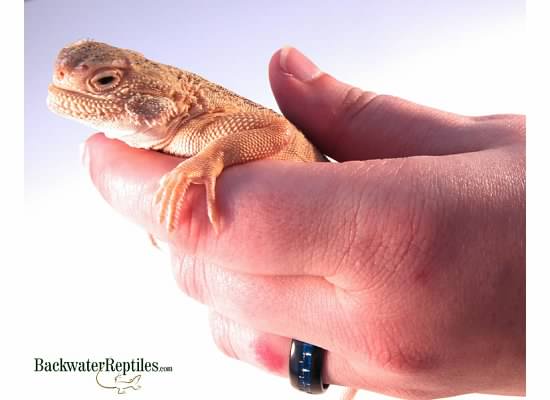
We think this bizarre defense mechanism alone gives good reason for these lizards to make our list of weirdest adaptations.
Want your own “Predator” agama? Backwater Reptiles sells healthy toad head agamas.
Mozambique Rain Frog (Breviceps mossambicus)
We’ve put the Mozambique rain frog on our list of weirdest reptiles and amphibians for two reasons.
First of all, this is one grumpy looking frog. Not only is it squat, and flat-faced with a balloon-like body, but its feet point inwards which we think makes it resemble a bulldog. When it walks, the rain frog is pigeon-toed and the resulting waddle is quite comical.
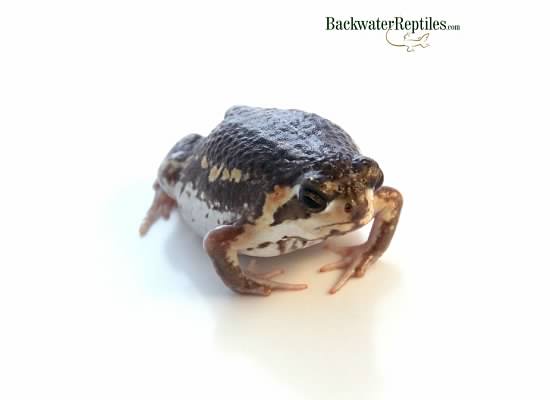
Aside from being physically awkward, rain frogs don’t have a traditional frog’s voice. In other words, instead of croaking, rain frogs emit a high pitched squeak or squeal akin to that of a kitten mewling for its mother. It can be quite humorous to listen to, so long as the reason for the frog’s cry is not distress.
Interested in a pet Mozambique rain frog? Buy one from Backwater Reptiles.
Egg Eating Snake (Dasypeltis sp.)
Even though physically, the egg eating snake appears very ordinary, it possesses an adaptation that is just bizarre enough to land it on our list.
As its name suggests, the egg eating snake does in fact, consume eggs for meals. Unlike “traditional” snakes which eat mostly small rodents, the egg eating snake feeds exclusively on eggs.
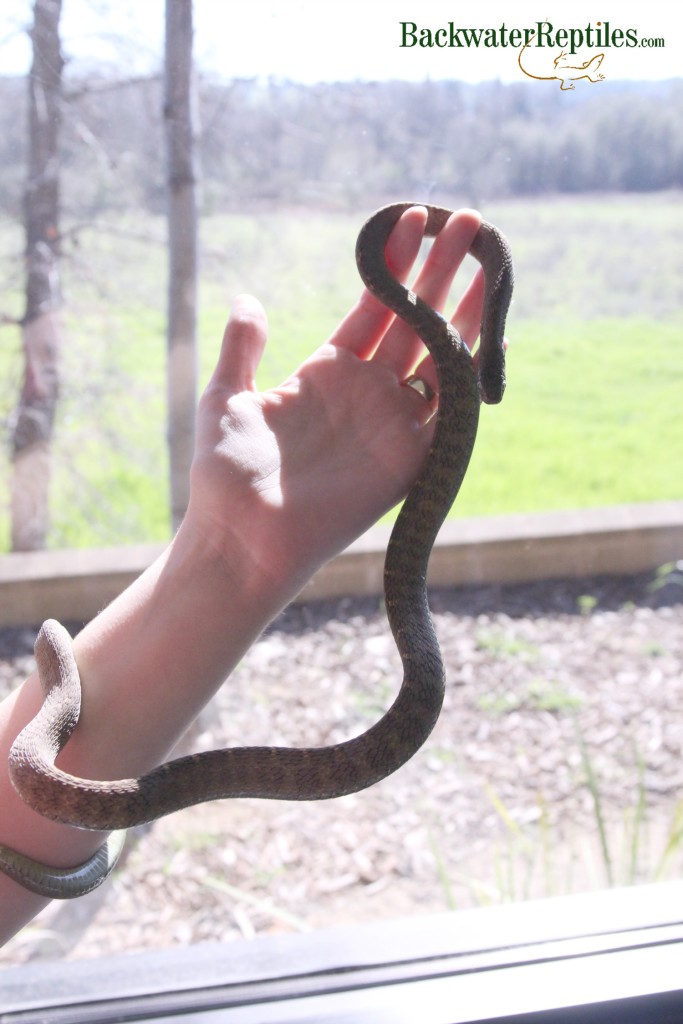
These species of snakes swallow eggs whole, which is quite a feat in our opinion. Once the egg has been swallowed, the snake uses muscles and bony protrusions on its spine to crush the egg and suck out the liquid inside. The final step is regurgitating the crushed egg shell after the egg’s insides have been swallowed.
Quite a strange way to eat, don’t you think?
If you’re ready to welcome an egg eating snake into your home, you can purchase one from Backwater Reptiles.
Conclusion
Each of the animals on this list possesses at least one unique or strange behavior or adaptation that we find endearing. We also think each of these critters make good pets!

